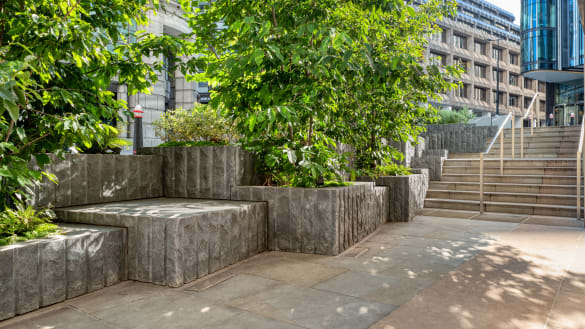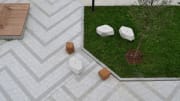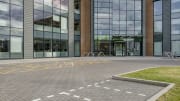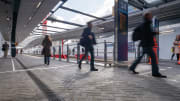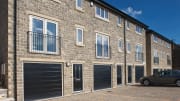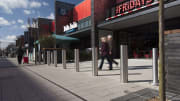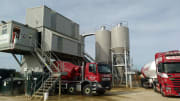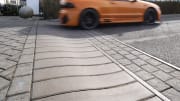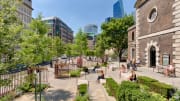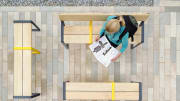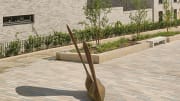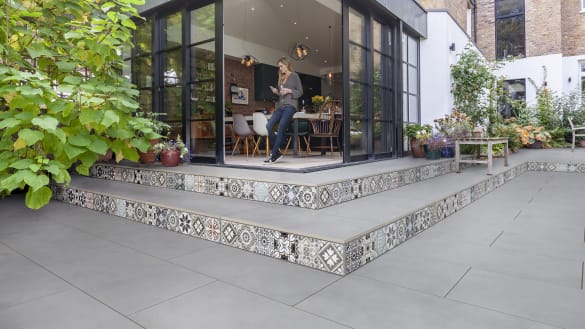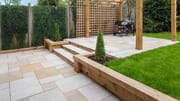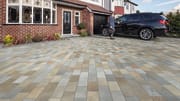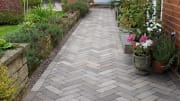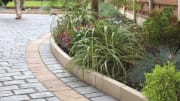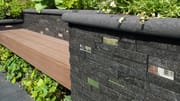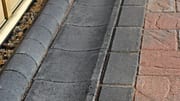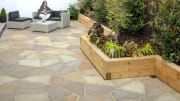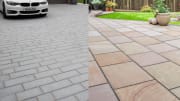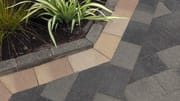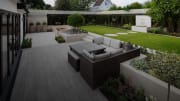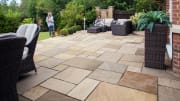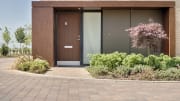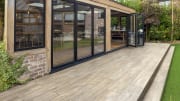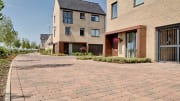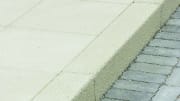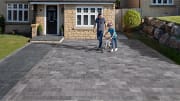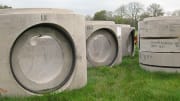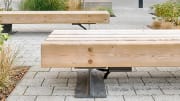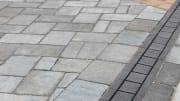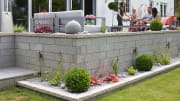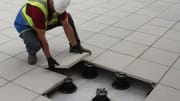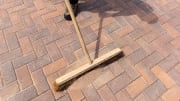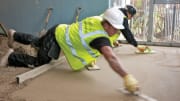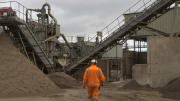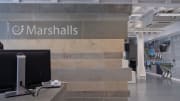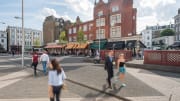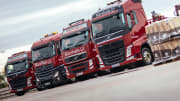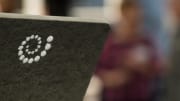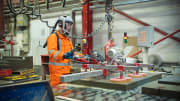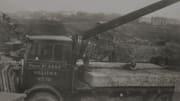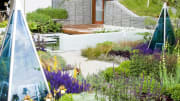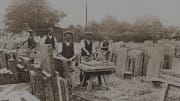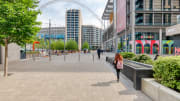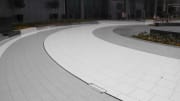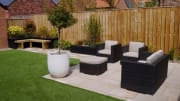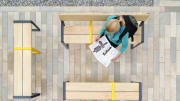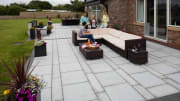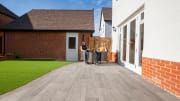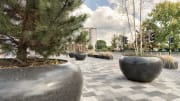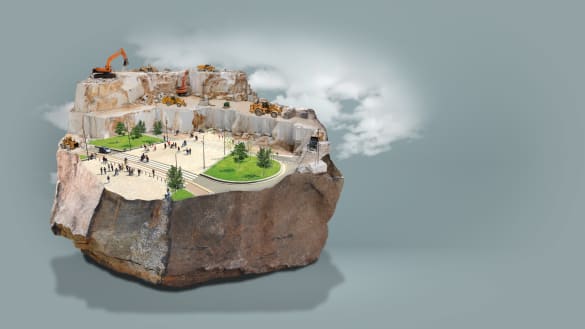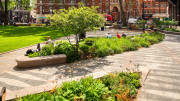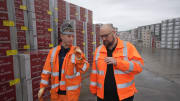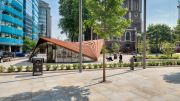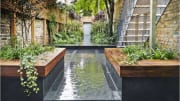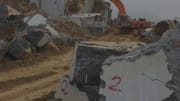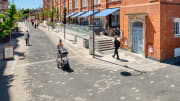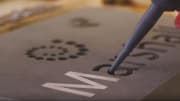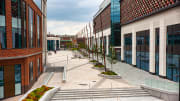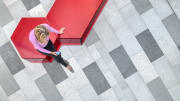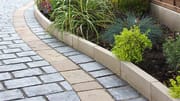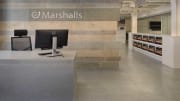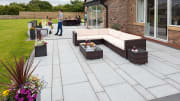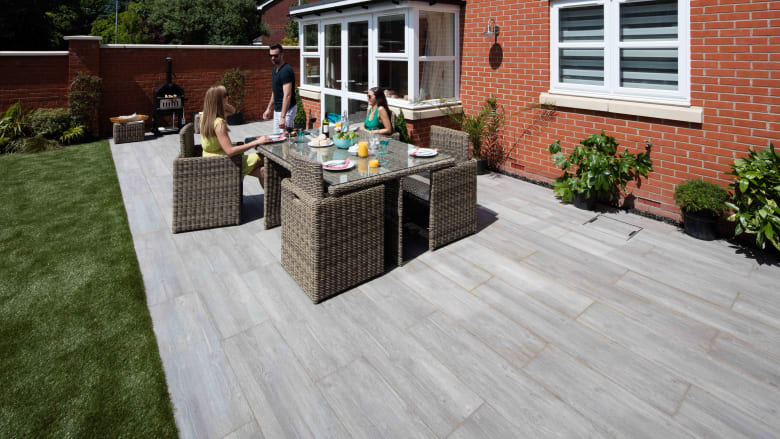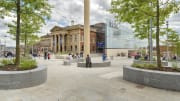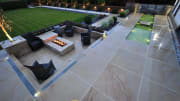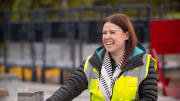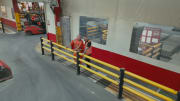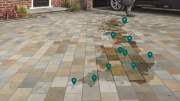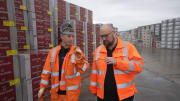A shift in focus for terror organisations over recent years has seen vehicles become one of the main weapons of attack. Local authorities and governments have mostly opted for large, imposing concrete barriers and metal barricades to protect people which, while effective, have the knock-on effect of creating a fortress-like feel to public spaces. Jaz Vilkhu, Managing Director of Marshalls Landscape Protection, believes there’s a fine balance between keeping the public safe and preventing a feeling of fear.
While keeping the threat of terror at bay is understandably front of mind for those tasked with protecting the public, addressing the issue of unnerving people and the feeling of imminent threat should also be a priority. In her study ‘Invisible Security: the impact of counter-terrorism on the built environment’, Rachel Briggs says of the unintended consequences of specifying to secure cities: “It has been argued that ‘security’ has become the justification for measures that threaten the core of urban social and political life, from the physical barricading of space to the social barricading of democratic society, and that rising levels of security in cities will reduce the public use of public space.”
Despite this, the majority of defences we’ve seen installed in public places have been physically imposing and had the effect of making a space feel like a fortress. This is a problem urban designers need to address by working to ensure that protection is integrated in a way that doesn’t change how people feel about town and city centres.
Fortunately, this approach is starting to gain more and more traction. Research conducted by Marshalls and IFSEC Global showed that 79 per cent of architects and security experts said the number of projects requiring aesthetically focused perimeter protection has increased in the past three years, while 72 per cent believe the market needs more of these products.
It’s clear there’s a demand for products that keep the public safe without unnerving them. Jon Coaffee, Professor of Urban Geography at the University of Warwick, argues that design interventions can be effective by limiting access to vehicles seeking to target public places. This is accomplished by installing security features that are as unobtrusive as possible but have Hostile Vehicle Mitigation functionality built within.
A range of products already exist that can help implement this approach. Landscape Furniture, such as planters, seating, litter bins and lighting columns, can be installed with PAS68/IWA 14.1 certified cores incorporated. This is the latest Publicly Available Specification for products used to assist in terrorism prevention specifying a classification for vehicle security barriers and their foundations when subjected to impact. With the strongest specification available, these can stop a 7.5-tonne articulated lorry travelling at 50mph. Additionally, subtler design alterations can help reduce the speed a vehicle can gather in a built-up environment. Chicanes, small bends in the road and width restricted lanes can be used to prevent a vehicle building up speed and mounting the pavement.
Aside from the obvious upside of protecting the public from hostile vehicle attacks, these products and design approach prevent people from fearing frequenting a space and creating a feeling of an area being under attack. Without these benefits, businesses will be hit hard by the noticeable drop in footfall in urban areas and there will be a risk that the feeling of being under siege will be normalised.
Marshalls takes a multi-layered, holistic approach to protecting people – Deter, Deflect, Defend. The first of these is achieved through limiting the speed approaching traffic can build up through changes to the layout of the road network, adding traffic calming features such as chicanes and speed bumps and creating pedestrianised areas and buffer zones which demarcate traffic. Then, specialist kerbing systems can be specified to deflect oncoming vehicles back onto the road and away from the public. Finally, architects should consider reinforced landscape furniture such as planters, seating, litter bins, cycle stands and bollards fortified with PAS 68/IWA 14.1 cores.
Protecting against hostile vehicle attacks while avoiding creating an environment of fear is a delicate, but not impossible, balancing act. Seamlessly incorporating security features in the design process is an effective way of achieving this. The potential societal and commercial impacts of barriers and concrete blocks mean they’re not a sustainable permanent solution. Ensuring public spaces are attractive, welcoming, accessible, and, above all, safe is essential going forward.
Created on behalf of Marshalls by Citypress.
For more information please contact:
Dave Bertram
David.bertram@citypress.co.uk
T: +44 (0)161 235 0316
M: +44 (0)7708 911622


